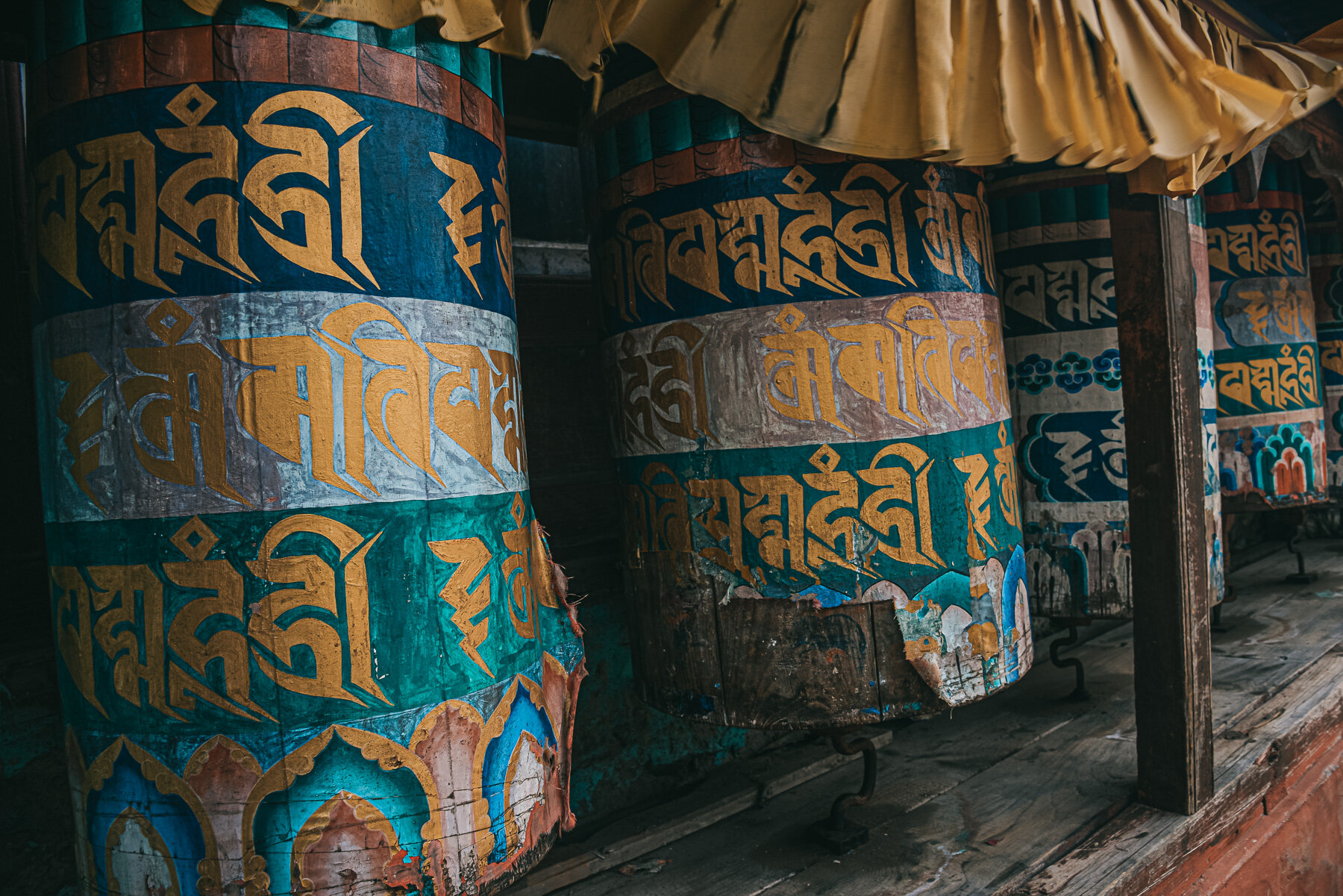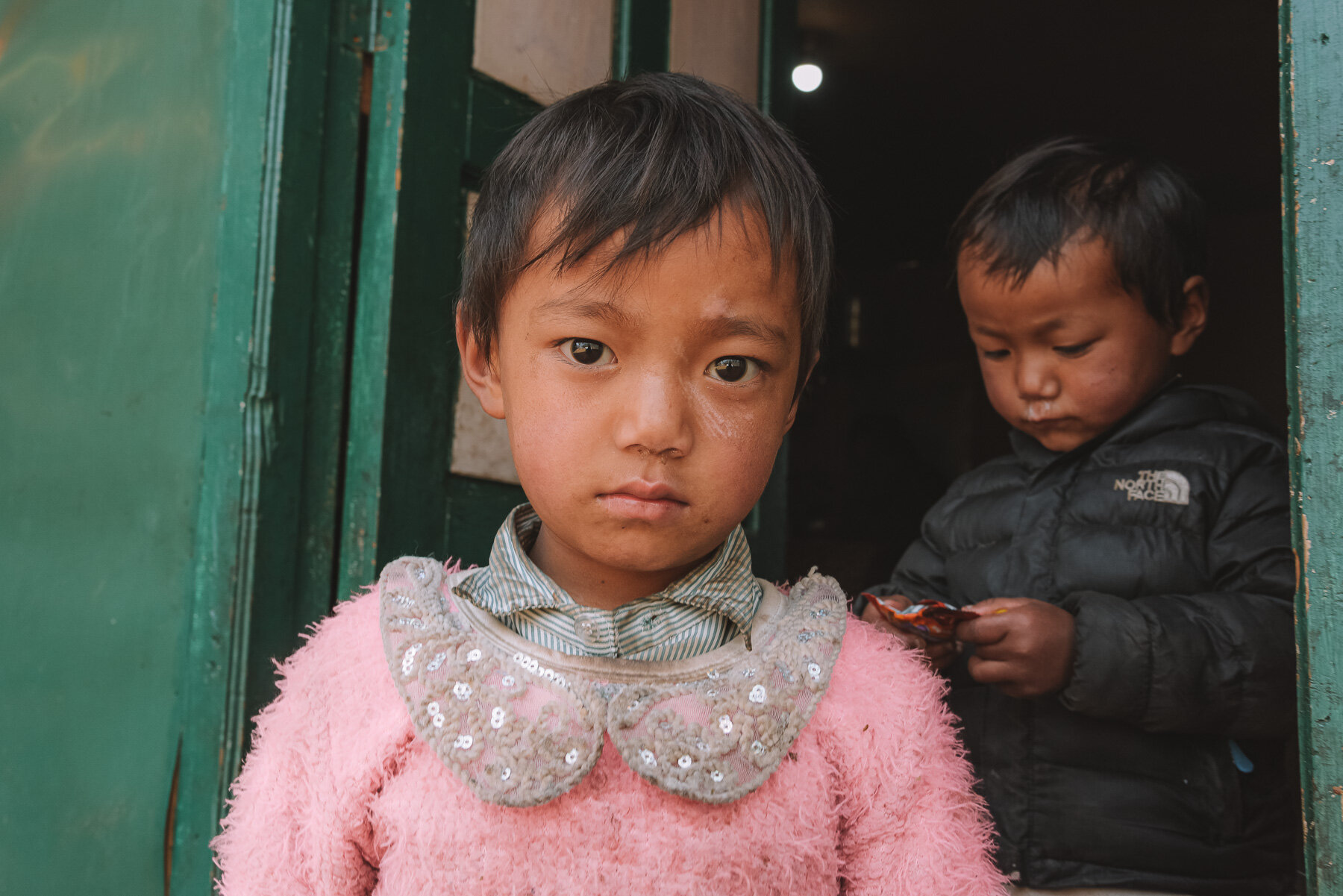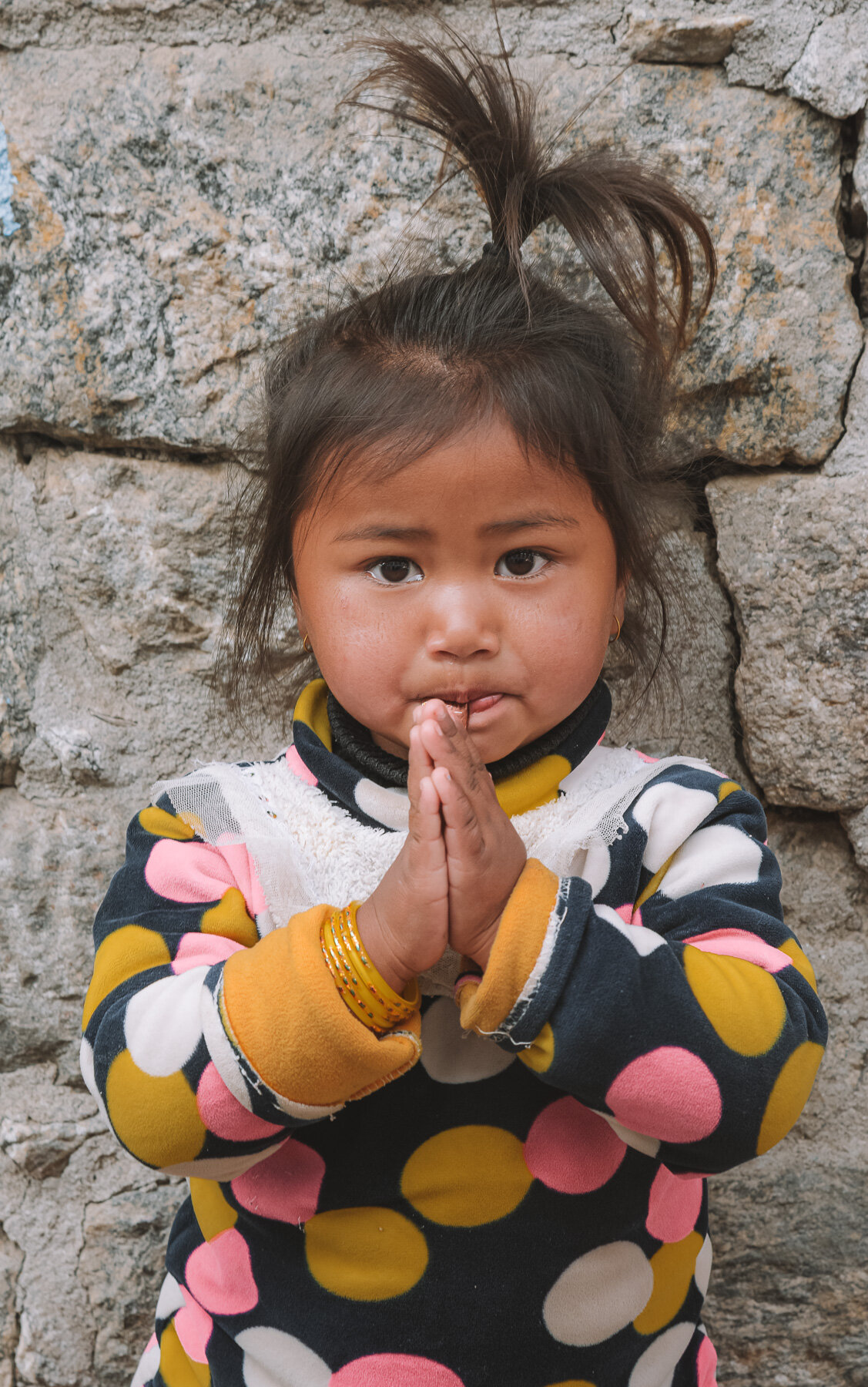The Everest Region of Nepal
Time is a funny thing. Through its perspective, some events in our lives seem surreal. As though they didn’t happen at all. Looking back at the Everest region trek, it is one such experience. I often find myself thinking about the Himalaya Mountain with a mix of awe and wonder. I am no regular visitor to mountains, but it doesn’t take much experience to realize, the Himalaya Mountain is something different.
Prayer flags are everywhere in the Everest region, regarded as sacred by the Sherpa people.
When I was a child, I was convinced that mountains are sleeping giants covered in a blanket of grass, trees and snow. I used to wonder how many people can walk on the surface without waking up the giants. And I was sure that when the giants wake up, they’d be rather irritated. This thought, of course, made my childish imagination shiver with fear. The very notion that the mountains are dead rocks was unacceptable to me, I was sure the mountains are alive, powerful and mighty.
I had forgotten these childhood ideas until I spoke with the Sherpa people who call the Himalaya home. All of them told me they regard the mountain as God. Not in a religious sense, but in the sense of being humble in front of a power far superior to what any human being can harness. In the early mornings, as the sun rises and before all the treks begin, you can see some Sherpa performing a pooja: a morning worship ritual in Hinduism. I asked my guide how he feels about the mountain and he answered: “we’re at its mercy”.
Indeed, these words couldn’t be more true. The Himalaya is a power with her own temperament. Each year, thousands of people come to do the Everest Base Camp trek. Hundreds attempt to climb to the very top. For some of them, this is the last adventure in life. When you are in a place like the Everest Region of Nepal you feel the force of life to the fullest. Yet, the possibility of death is just around the corner. Somewhere in between this duality, I was filled with gratitude that for me, this time, the mountain treks were clear and the end was happy. Alavida, Everest, seeing your beauty was one for the books.
There is a small stupa with a Buddha statue overlooking the Lukla Airport.
Donkeys, horses and yaks transport all kinds of supplies up in the mountains.
Namche Bazar is the largest town on the Everest base camp trail, with +1500 inhabitants.
Situated at 3,985 m of altitude, Pangboche welcomes its visitors with this beautiful stupa.
Tengboche, located at 3,867 m.



Copyright © Alex Kovacheva, Nomad Photos. All rights reserved.





















